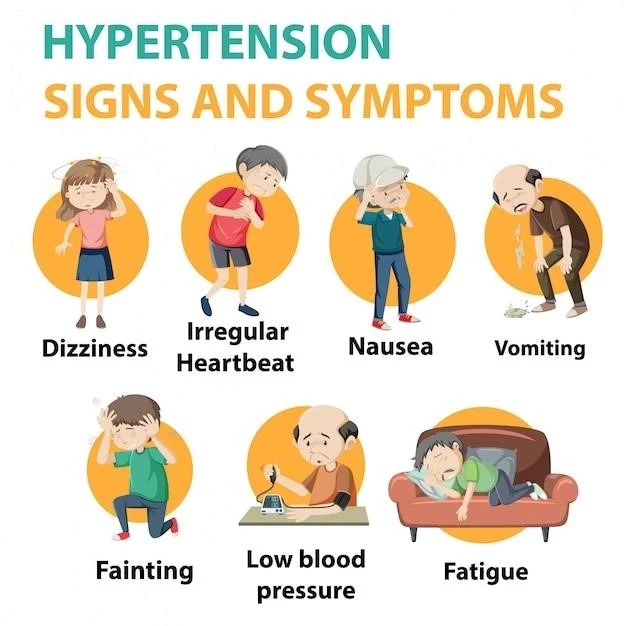Introduction to Sutherland-Haan Syndrome
Sutherland-Haan syndrome is an inherited X-linked disorder characterized by mental retardation, small head circumference, small testes, and spastic diplegia.
Sutherland-Haan syndrome, an X-linked disorder, is marked by mental retardation, small head circumference, small testes, and spastic diplegia. It has been identified in one large Australian family.
Background Information
Sutherland-Haan syndrome is a rare X-linked disorder first described by Grant Sutherland in a single Australian family, characterized by specific physical and cognitive traits.
Genetic Inheritance and Localization
Sutherland-Haan syndrome is an X-linked disorder with genetic mutations in the PQBP1 gene. The syndrome is inherited in an X-linked recessive manner٫ and it is localized from Xp11.3 to Xq12٫ sharing the genetic cause and overlapping with Renpenning syndrome.
Definition and Characteristics
Sutherland-Haan syndrome is an X-linked disorder with mental retardation, small head circumference, small testes, and spastic diplegia as key features.
Key Features and Symptoms
Sutherland-Haan syndrome manifests with mental retardation, small head circumference, small testes, and spastic diplegia. It is a rare X-linked disorder with specific physical and cognitive traits.
Diagnosis and Management
Diagnosis of Sutherland-Haan syndrome involves identifying key physical and cognitive features. Management includes therapy interventions and addressing associated symptoms.
Diagnostic Process and Treatment Options
Diagnosing Sutherland-Haan syndrome involves identifying hallmark physical features and cognitive deficits. Treatment strategies often involve a multidisciplinary approach, including therapy interventions targeting specific symptoms.
Relationship to Renpenning Syndrome
Sutherland-Haan syndrome shares genetic cause and clinical features with Renpenning syndrome, including intellectual disability and similar physical traits.
Shared Genetic Cause and Clinical Overlap
Sutherland-Haan syndrome, as an X-linked mental retardation disorder, shares genetic mutations in the PQBP1 gene and clinical features like microcephaly, short stature, small testes, and cognitive impairments with Renpenning syndrome. This overlap suggests a common genetic basis for these conditions.

Research Studies and Findings
Studies show that Sutherland-Haan syndrome shares mutations in the PQBP1 gene with Renpenning syndrome, indicating a common genetic basis for these X-linked intellectual disability conditions.
Studies on Families and Genetic Mutations
Fichera et al. reported a family with an X-linked mental retardation syndrome similar to Sutherland-Haan syndrome, showing features like microcephaly, hyperreflexia or spastic diplegia, and specific facial characteristics. Additionally, genetic mutations in the PQBP1 gene have been associated with Sutherland-Haan syndrome, highlighting the genetic basis of this X-linked disorder.
Impact on Individuals
Sutherland-Haan syndrome affects individuals with mental retardation, small head circumference, small testes, and spastic diplegia, impacting cognitive function and physical development.
Effects on Cognitive Function and Physical Development
Sutherland-Haan syndrome impacts cognitive function and physical development, leading to mental retardation, small head circumference, small testes, and spastic diplegia in affected individuals.
Frequency and Prevalence
Sutherland-Haan syndrome is a rare X-linked disorder, with its prevalence largely unknown due to its rarity and limited documented cases.
Rarity of the Disorder and Unknown Prevalence
Sutherland-Haan syndrome is considered a rare disorder with an unknown prevalence due to its scarcity and limited reported cases, particularly detailed in a single Australian family.

Association with Other Syndromes
Sutherland-Haan syndrome shares genetic cause and clinical features with Renpenning syndrome, highlighting commonalities in these X-linked mental retardation conditions.
ATRX syndrome and Juberg-Marsidi syndrome are complex conditions linked to mutations in the ATRX gene, similar to the genetic basis shared with Sutherland-Haan syndrome.
Management Strategies
Early intervention and therapeutic approaches play a crucial role in managing Sutherland-Haan syndrome, addressing its associated symptoms and enhancing the quality of life for affected individuals.
Links to ATRX Syndrome and Juberg-Marsidi Syndrome
ATRX and Juberg-Marsidi syndromes share genetic mutations with Sutherland-Haan syndrome, all linked to mutations in the ATRX gene, highlighting common genetic underpinnings among these conditions.
The genetic basis of Sutherland-Haan syndrome lies in mutations in the PQBP1 gene, leading to an X-linked inheritance pattern and specific intellectual and physical characteristics.
Genetic Basis of the Syndrome
The genetic basis of Sutherland-Haan syndrome involves mutations in the PQBP1 gene, leading to an X-linked recessive inheritance pattern that contributes to the specific intellectual and physical characteristics observed in affected individuals.
Complications and Prognosis
Sutherland-Haan syndrome can lead to potential complications affecting long-term outlooks in affected individuals, highlighting the importance of timely management and support.
Potential Complications and Long-Term Outlook
Sutherland-Haan syndrome may lead to various complications that can impact the long-term prognosis of affected individuals, highlighting the need for comprehensive management and support throughout their lives.
Future Research and Developments
Ongoing studies and areas for further investigation aim to advance understanding of Sutherland-Haan syndrome’s genetic basis and potential therapeutic interventions for improved management.
Ongoing Studies and Areas for Further Investigation
Current research efforts focus on elucidating the genetic underpinnings of Sutherland-Haan syndrome, exploring potential therapeutic avenues, and investigating the broader implications of this X-linked disorder on affected individuals.
